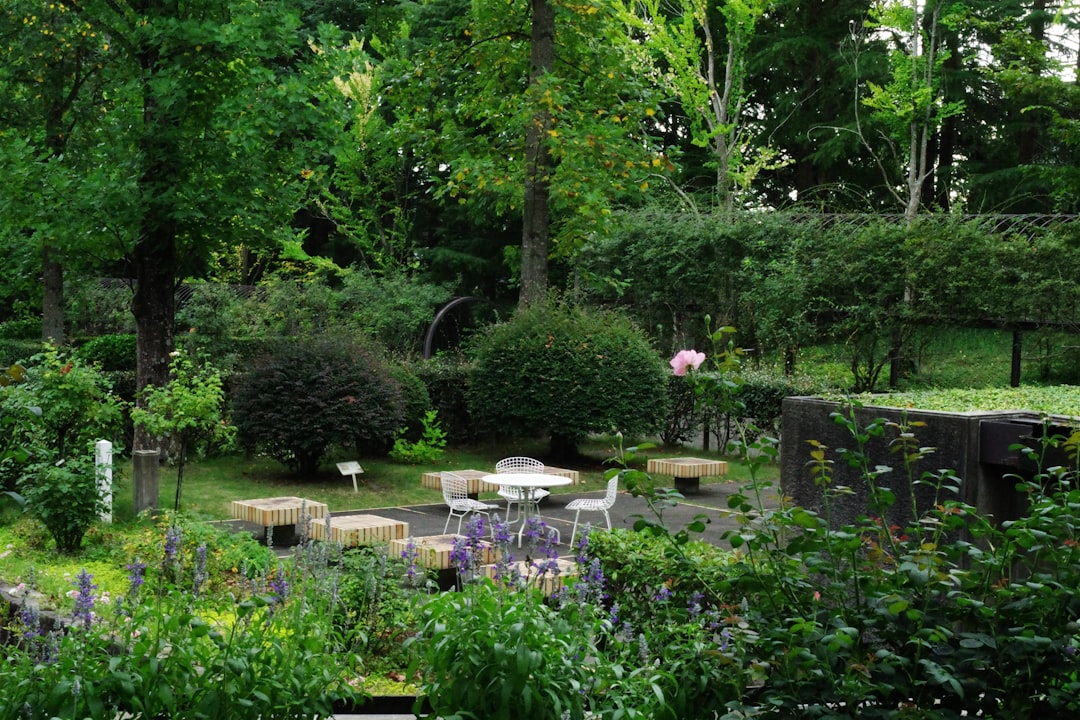A Deer-Resistant Oasis in Your Garden

When it comes to gardening, one of the challenges many gardeners face is dealing with deer. These graceful yet voracious animals can quickly turn a beautiful garden into a wasteland. However, with the right garden plan, you can create a deer - resistant haven filled with lovely, low - maintenance perennials that deer tend to avoid.
First and foremost, let's understand the concept of deer - resistant plants. Deer have certain preferences when it comes to food. They are attracted to tender, succulent foliage and flowers. But there are many plants that have characteristics that make them unappealing to deer. For example, plants with strong scents, fuzzy leaves, or bitter tastes are often passed over by these animals.
One of the great perennials for a deer - resistant garden is lavender. Lavender not only has a wonderful fragrance that humans love but also repels deer. Its tall, slender spikes of purple flowers add a touch of elegance to any garden. Plant lavender in well - drained soil and in a sunny spot. It requires minimal watering once established, making it a truly low - maintenance choice.
Another excellent option is yarrow. Yarrow comes in a variety of colors, from bright yellows to soft pinks. It has feathery foliage that deer find unpalatable. Yarrow is also very drought - tolerant, so it can thrive in areas with less water. It spreads easily, creating a carpet of color in your garden over time.
Russian sage is yet another deer - resistant plant. With its silvery - gray foliage and tall, airy spikes of blue - purple flowers, it adds a touch of the exotic to the garden. Russian sage is a tough plant that can tolerate poor soil conditions and is very resistant to pests and diseases.
When planning your deer - resistant garden, it's important to consider the layout. Grouping deer - resistant plants together can create a more effective barrier. You can also use hardscaping elements such as rocks or fences to further deter deer. For example, a low stone wall can not only add a decorative touch but also make it more difficult for deer to access your plants.
It's also a good idea to include a variety of plant heights in your garden. Taller plants like Russian sage can provide a backdrop, while shorter perennials like thyme or sedum can be used as groundcovers. This creates a multi - dimensional look and adds interest to the garden.
Maintenance of a deer - resistant garden is relatively easy. Since these perennials are low - maintenance, you won't have to spend hours watering, fertilizing, or pruning. However, it's still important to keep an eye on the plants and remove any dead or diseased foliage. This helps to keep the garden looking its best and also prevents the spread of pests and diseases.
In conclusion, creating a deer - resistant garden plan is a great way to enjoy a beautiful garden without the worry of deer damage. By choosing the right perennials and planning the layout carefully, you can create a low - maintenance, deer - resistant oasis that will bring joy and beauty to your outdoor space for years to come.